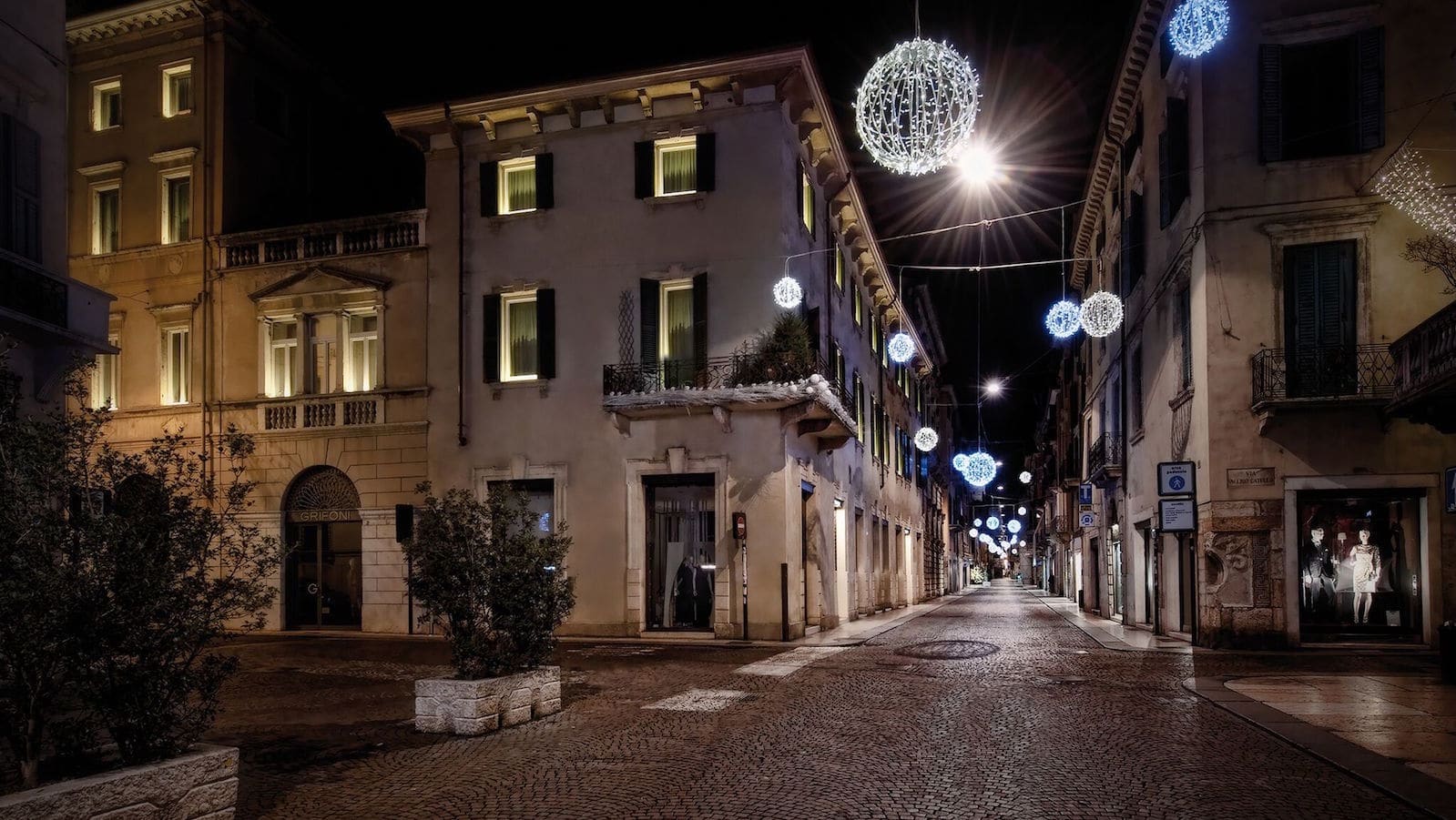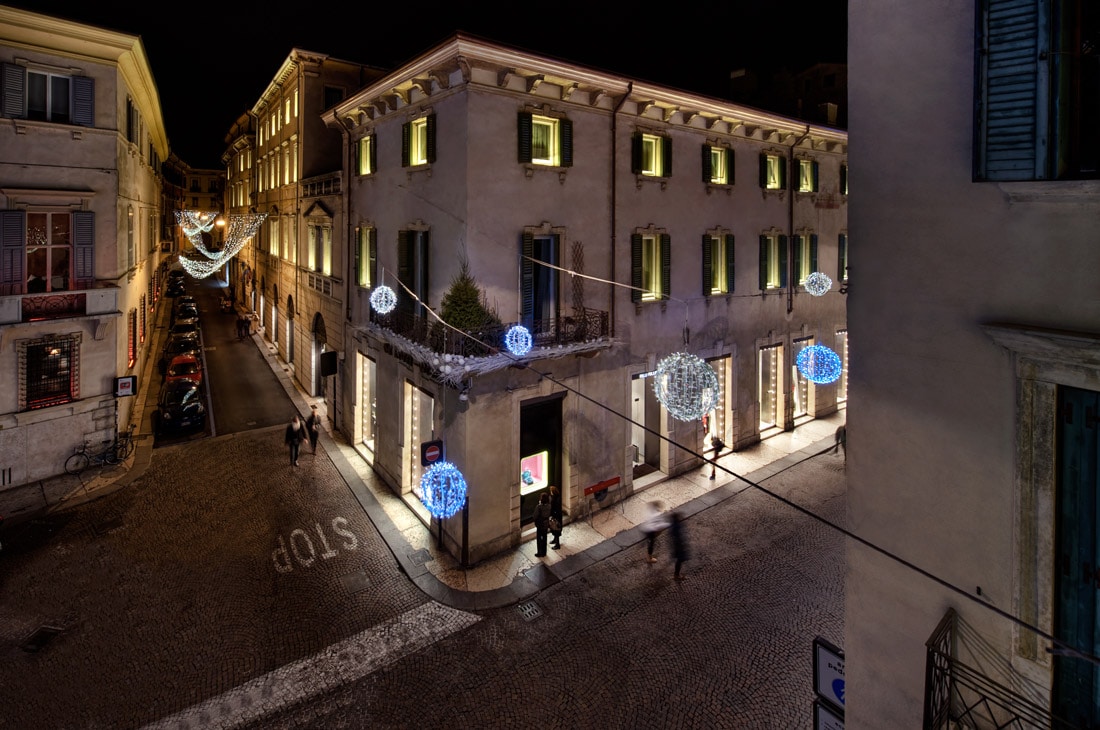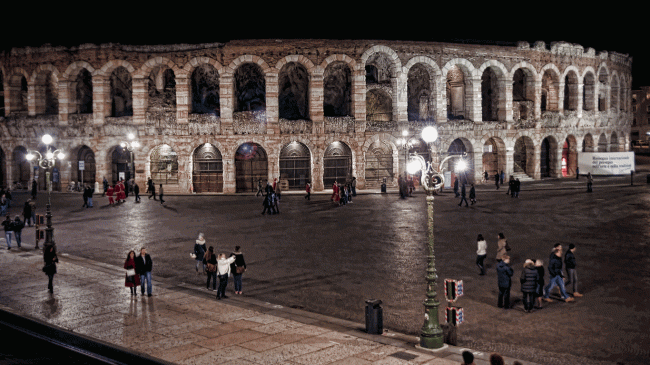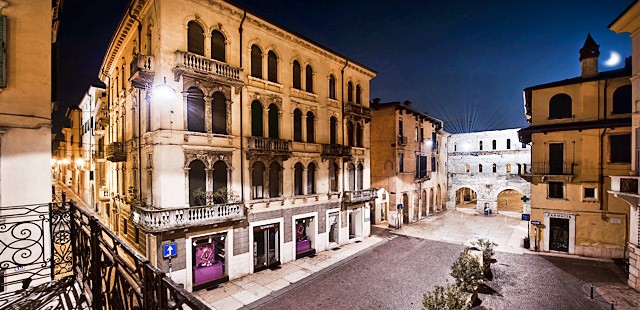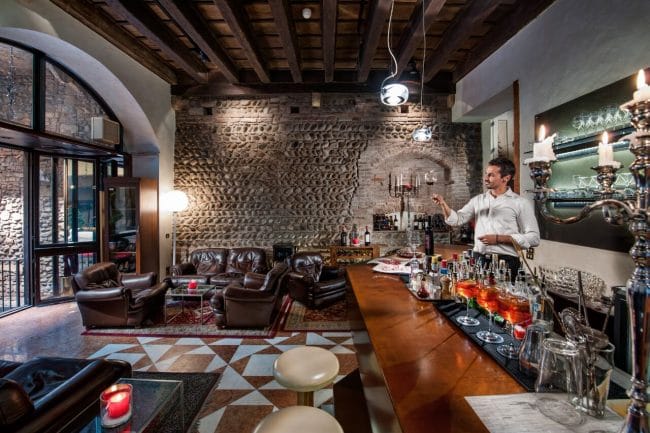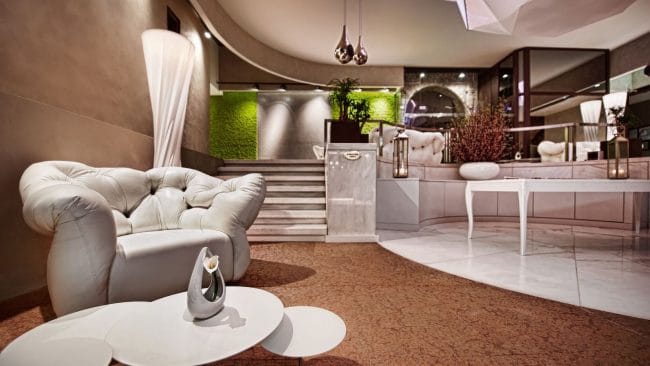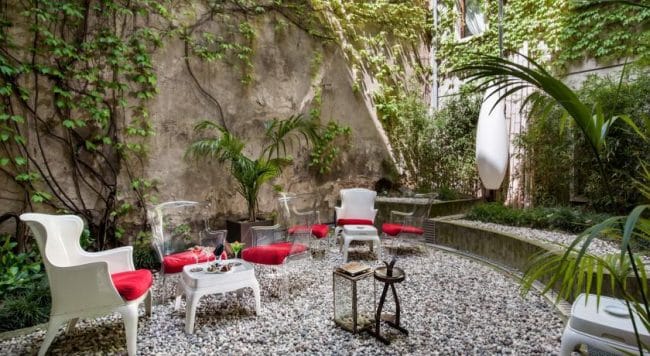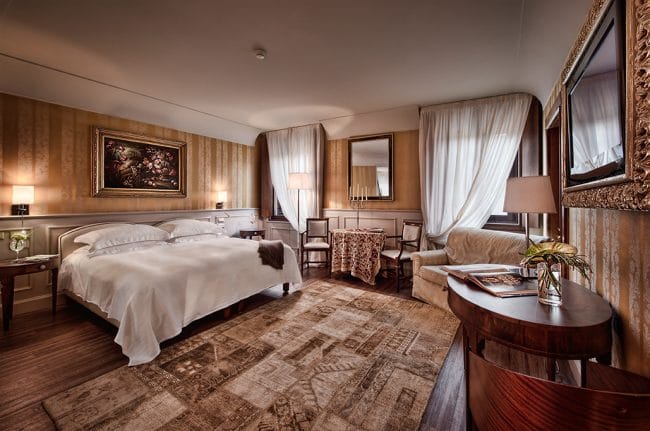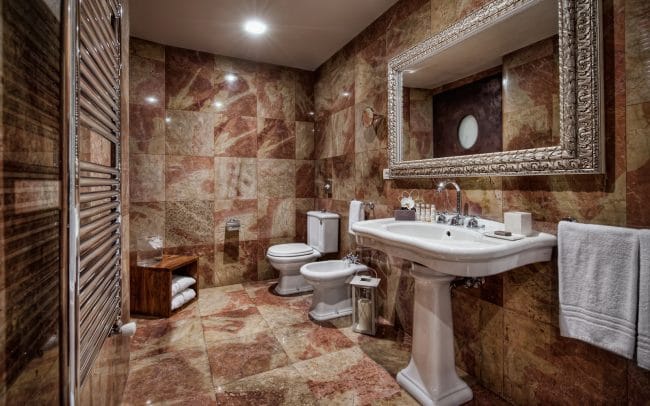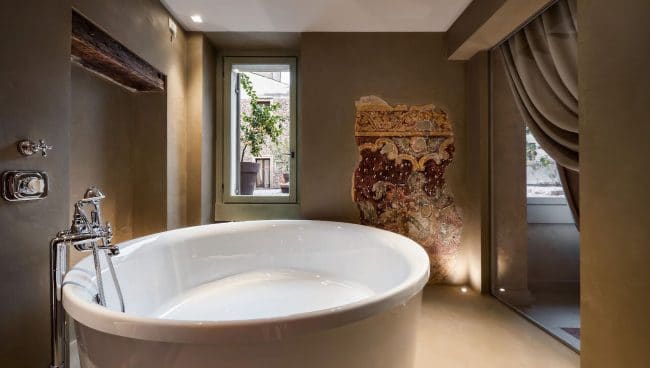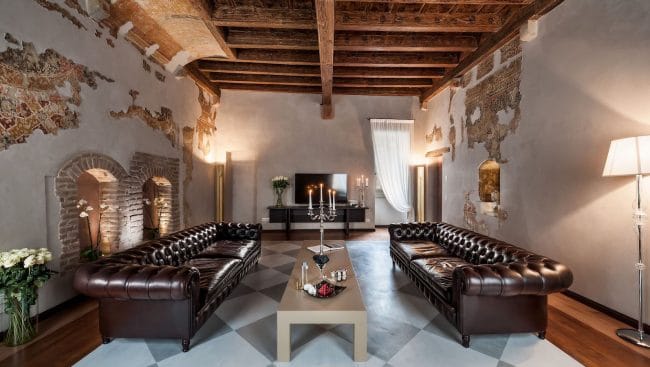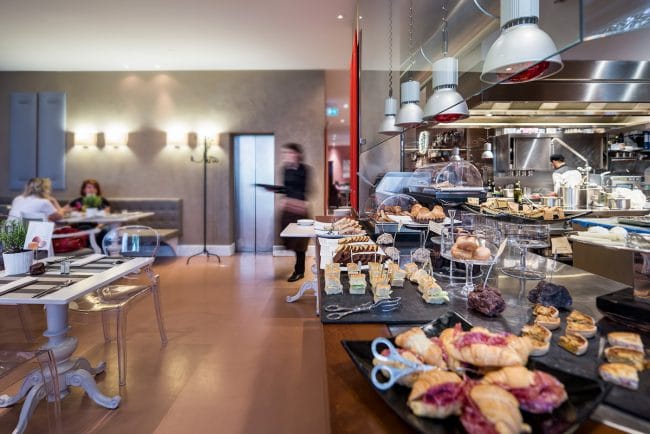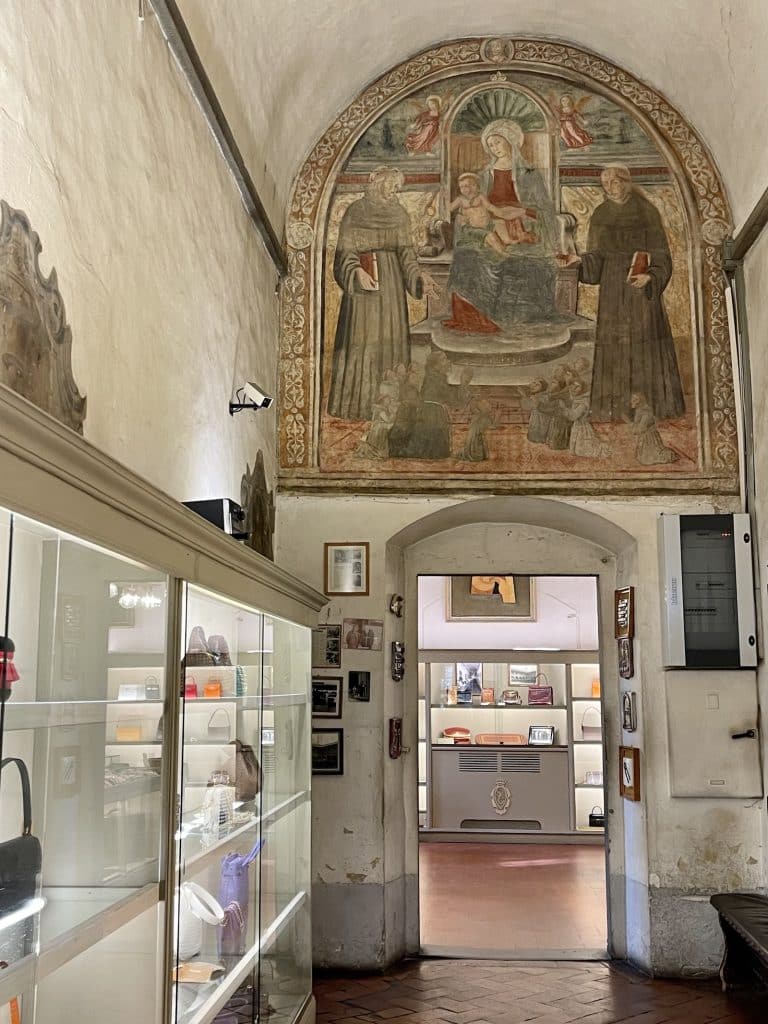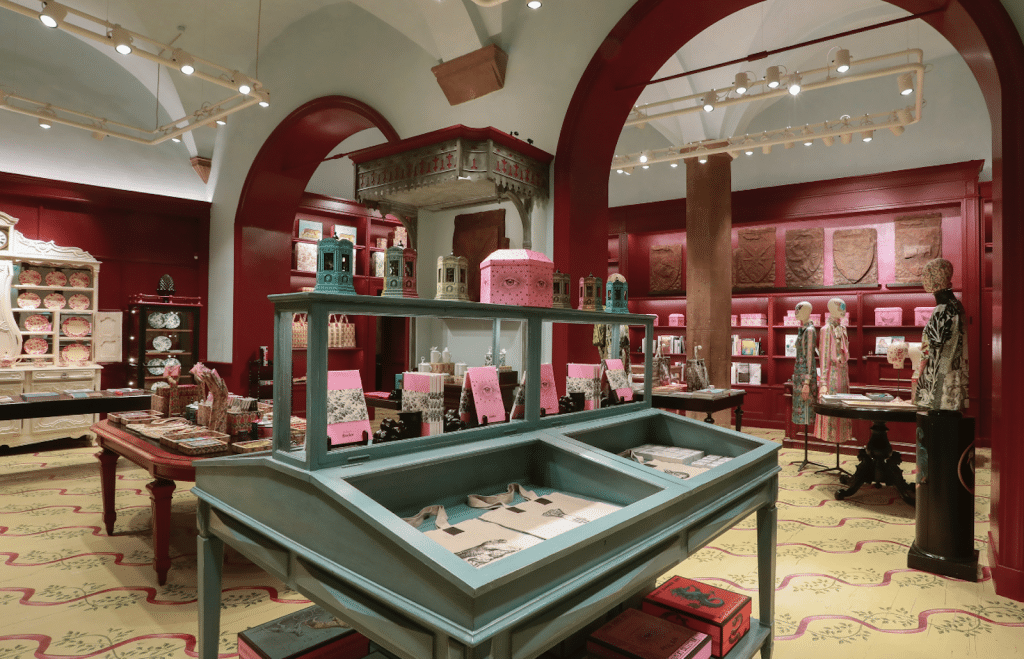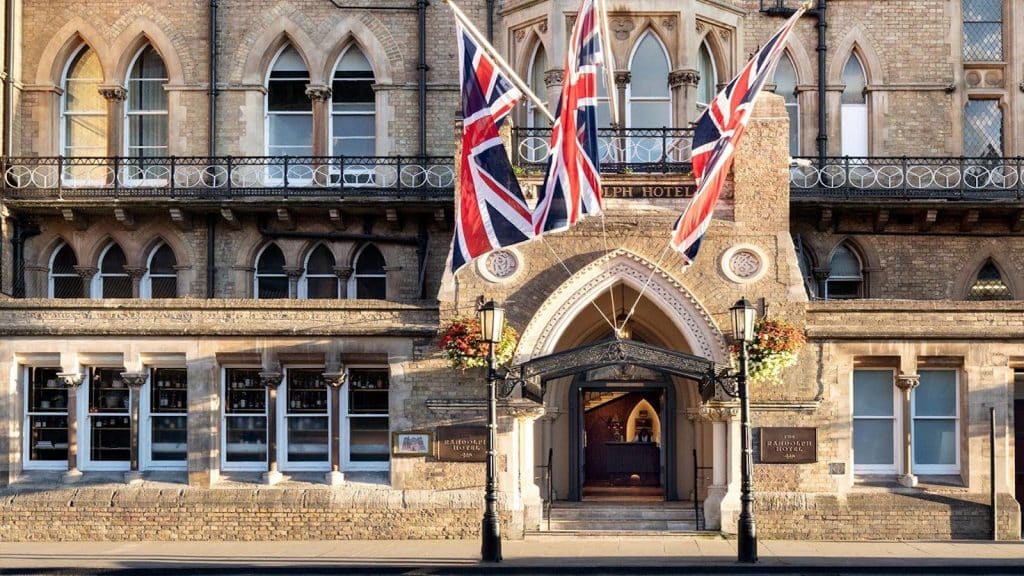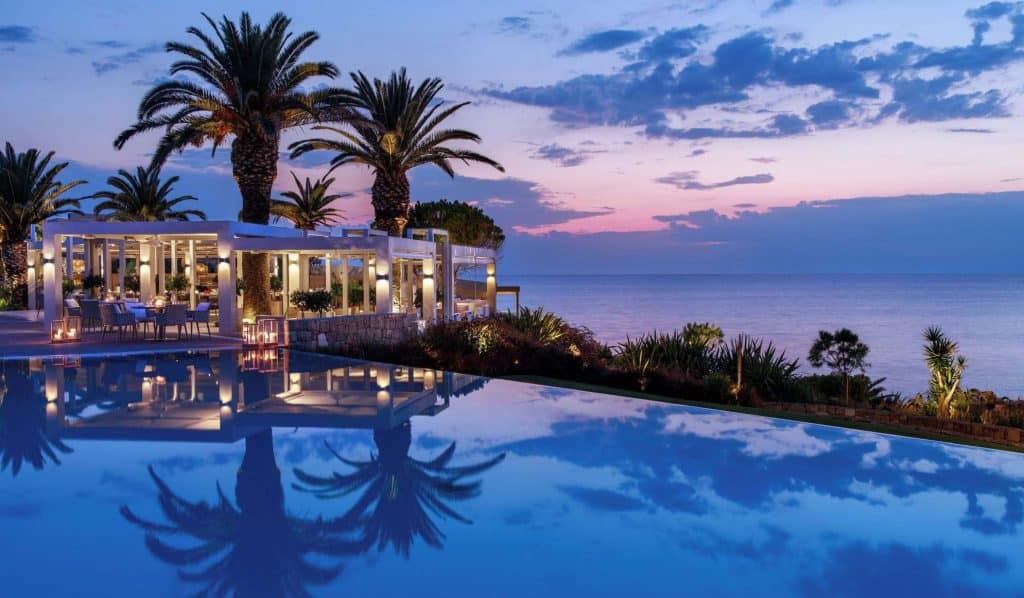It is rather unfortunate that any mention of tourism in Verona is inevitably linked with Romeo and Juliet. In advance of arrival, there is that lurking suspicion that instead of atmospheric local Osterias, will there just be tourist souvenir shops with heart-emblazoned tea towels and cutesy Romeo mugs.
It is a big relief to find that whilst there are of course establishments that are happy to cash in on the kitsch, it takes a very firm back seat to the genuine charm of Verona’s historic city centre.
A tight loop of the Adige river encloses the modestly sized and easily walkable city centre. This is an area that has been continuously populated since Roman times, and the evidence is everywhere. Ancient walls cut across the city and the Roman Amphitheatre (which as the Arena is home to a hugely successful concert and opera season) is at its core. Every street is a new adventure with historic sights and delightful shops, caffe and trattorie.
Roman remains are visible everywhere, chunks of carved stone have been snaffled to build newer (old) buildings and any modern building inevitably uncovers Roman remains These are often glazed over and kept visible in the floors and walls of local shops and restaurants – it is not unusual to find yourself in seeming mid-air over a beautiful mosaic as you sip an espresso.
The five star Palazzo Victoria sits right in the heart of this old town, a few steps away from the Arena, directly on elegant Corso di Porta Borsaria and with Roman gate Porta Borsari just outside the door. It also of course sits on many layers of history as revealed by glass panels inset in to the floors – in the bar and restaurant you can see remains of the Roman Villa into which the hotel is built, while most walls have medieval originals.
Recent new owners are gradually introducing contemporary design. The public areas are slick with white designer lobby sofas and a water feature with moss walls whilst a cylindrical cascade of warm-white fairy lights tumble down the stairwell.
An ultra modern hair salon sits in the lobby, whilst the bar and lounge areas have stylish furniture under beamed ceilings and backed by exposed stone walls.
In summer there is a lovely courtyard. Some modernising touches work better than others, and it is sometimes a little cluttered, but no doubt a little more time will solve these occasional glitches.
Rooms are styled more traditionally with lovely wooden floors, dark furniture, historic prints, gilt-framed TVs and plenty of gold, brown or cream fabrics and wall-coverings. Bathrooms are in similar shades, smart and modern. Beds are exceptionally comfortable.
A varied selection of suites provide something rather special with more extravagant and spacious surroundings, including perhaps classic murals, exposed historic features and big bathrooms with free-standing baths.
Breakfast is excellent with fresh fruit, local charcuterie, and lots of baked goods as well as fresh juices and cooked-to-order hot plates.
For dinner renowned chef Carmine Calo oversees Borsari 36, where you can watch the chefs at work in the open plan show kitchen. Its speciality dishes are from the grill, cooked on an open barbecue and – naturally – pasta.
We would advise checking room options carefully to get your exact preferences whilst taking note of Opera Season which you may wish to either avoid (busy and expensive) or choose (conveniently near Arena)!
For more information and booking visit Palazzo Victoria.
CELLOPHANELAND* were guests of Palazzo Victoria.




